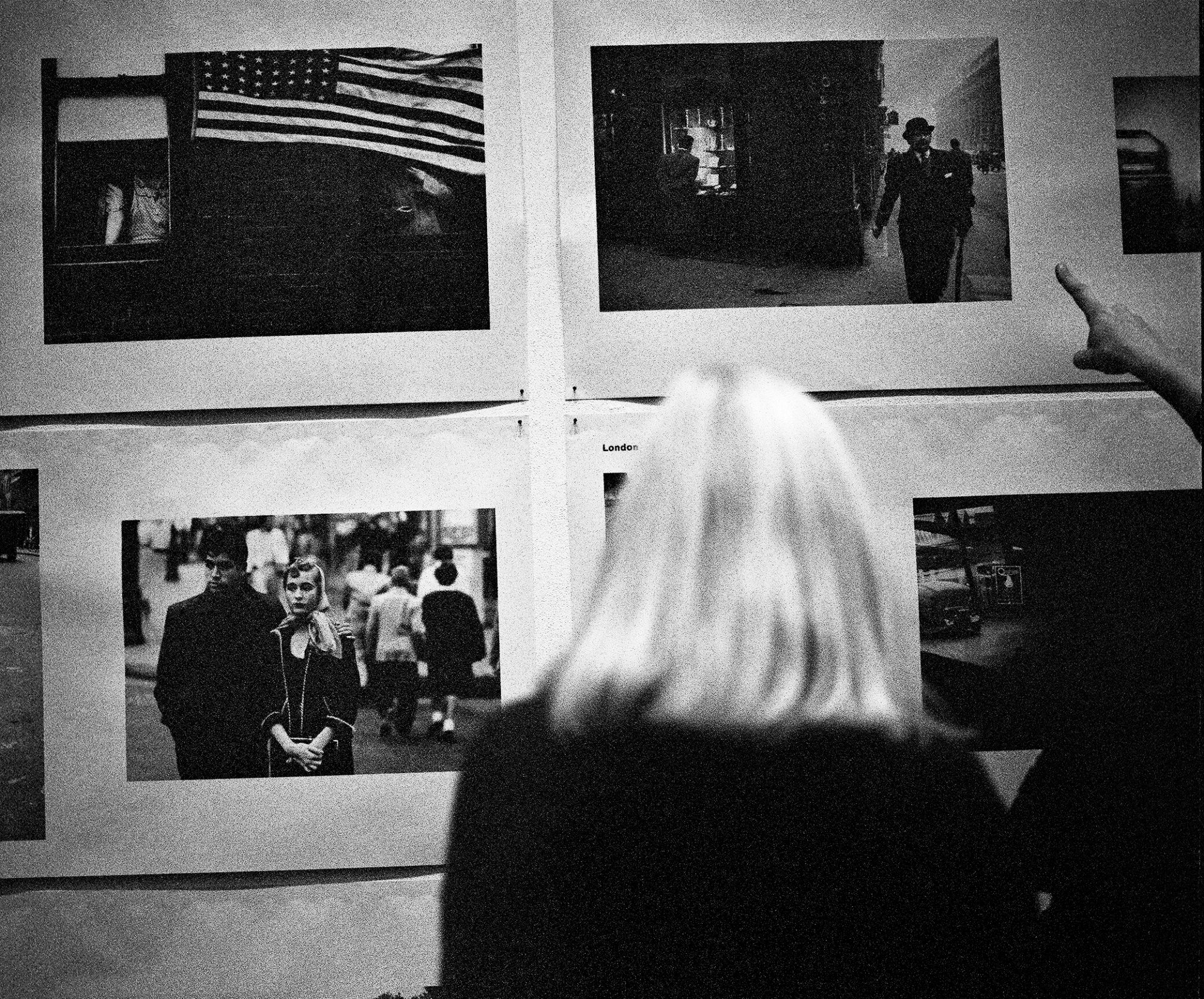This coming week at the Portland Art Museum, there are several events that showcase wonderful photography.

Fazal Sheik’s well-regarded special photography exhibition of refugees and the issues facing them — “Common Ground” — will close with a May 13 seminar, “Human Resilience in Mobility: Politics of the Image and the Global South,” and a public tour on May 20 from 3:00-4:00.

Fresh this week is a new rotation of Minor White’s classic early images from Oregon — which were commissioned as part of FDR’s New Deal programs — and made before White rose to Photo God status by helping to found Aperture alongside Ansel Adams, Dorothea Lange and others.

Also, this month’s Brown Bag Lecture Talk series is on May 16th from noon to 1 p.m, a presentation of the Portland Art Museum’s Photography Council sponsored by Pro Photo Supply. Portland photographer Harley Cowan will talk about his large-format work documenting nuclear production sites.
“I grew up in Richland, Washington next to the Hanford Nuclear Reservation,” Cowan wrote, and his interest led to six years working in nuclear industry. Now a practicing architect as well as a photographer, Cowan travels to “historically significant but largely unrecorded sites in the Pacific Northwest in order to create photography eligible for the Historic American Buildings Survey (HABS) and the Historic American Engineering Record (HAER).”
“They continue to follow strict guidelines for black & white, large format, film photography. As a contemporary photographer, it is an intriguing starting point.”














